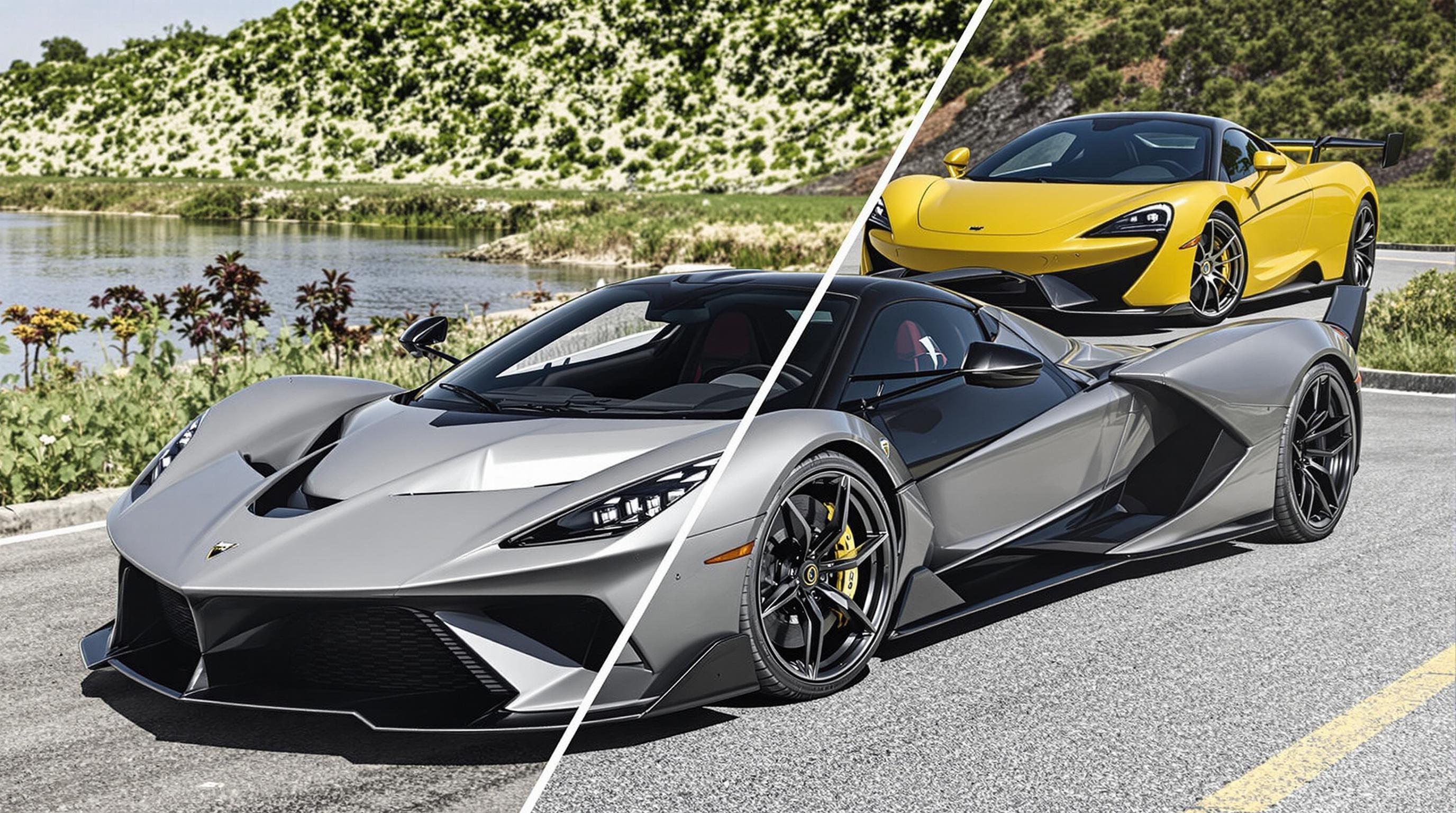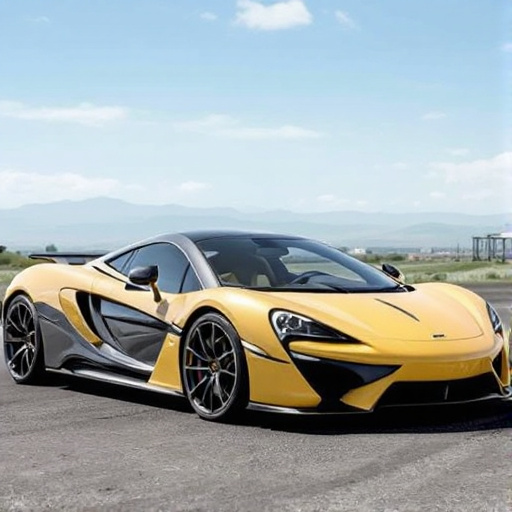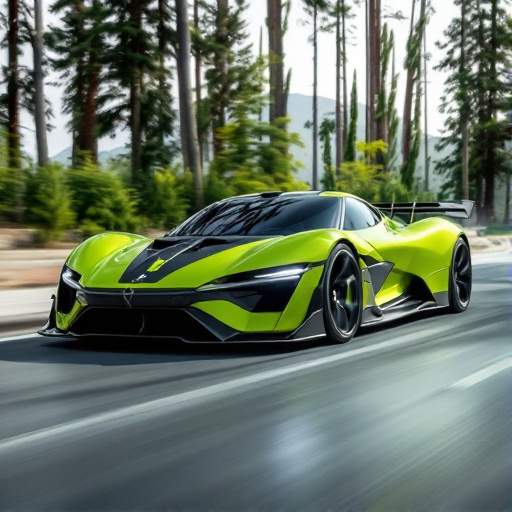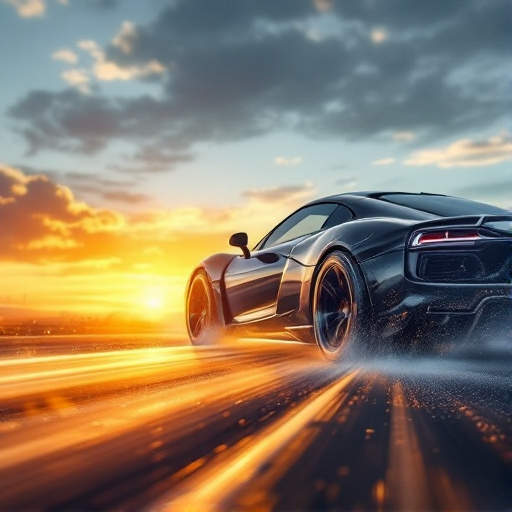Related Articles
- Unveiling the Unthinkable: How Your Social Media Posts Could Impact Your Car Insurance Premiums
- "From Showroom to Social Media: How Dealerships are Becoming Digital Storytellers in 2023"
- "From Showroom to Stream: The Rise of Virtual Reality Test Drives at Dealerships"
- Revving Up Sales: How Virtual Reality is Transforming the Dealership Experience for Shoppers and Sellers Alike
- Selling Experiences: How Dealerships Can Transform into Immersive Automotive Entertainment Hubs
- The Surprising Impact of Your Credit Card Habits on Car Financing: What You Didn't Know!
Unearthing the Electric Pulse: How American Supercars are Driving the Future of Sustainable Performance Engineering
Unearthing the Electric Pulse: How American Supercars are Driving the Future of Sustainable Performance Engineering
The evolution of American supercars is not just about speed or luxury; it signifies a pivotal shift toward sustainable performance engineering. By harnessing electric power, these cars are challenging perceptions and driving a revolution in the automotive industry.
The Shift: From Gas Guzzlers to Electric Dreams
Not long ago, American supercars were synonymous with roaring V8 engines and the smell of gasoline. However, as climate awareness has surged globally, so too has the urgency for innovation within the automotive sector. According to a 2021 report by the International Energy Agency (IEA), electric vehicles (EVs) accounted for nearly 7% of global car sales, up from just 2% in 2019. This growth reflects a deepening commitment to sustainability, and American supercars are at the forefront of this transformation.
The Tesla Effect
Let’s take a moment to talk about Tesla—a brand that has unequivocally changed the game. Founded in 2003 by Martin Eberhard and Marc Tarpenning, Tesla rose to fame under the charismatic leadership of Elon Musk and has defied the automotive establishment. The Tesla Roadster, released in 2008, was groundbreaking: it was the first highway-legal electric vehicle to use lithium-ion battery cells, achieving 0-60 mph in 3.7 seconds. This performance shattered stereotypes about electric cars being slow and boring, proving that EVs could deliver supercar-level thrills.
Case Study: The Ford Mustang Mach-E
Ford, an iconic American automaker known for its muscle cars, has also embraced electrification with the Mustang Mach-E. Released in late 2020, this all-electric SUV isn't just a nod to sustainability; it performs like a true Mustang—0-60 in around 3.5 seconds. Ford's aggressive entry into EVs showcases how traditional manufacturers can pivot without sacrificing brand heritage. The company aims for a 40% reduction in CO2 emissions by 2035, which aligns perfectly with the paradigm shift toward eco-conscious performance engineering.
Sustainable Performance: The New Mantra
But what does "sustainable performance" really mean? In practical terms, it refers to vehicles that not only deliver impressive speed and acceleration but do so with minimal environmental impact. Supercar manufacturers are innovating to reduce weight, improve battery technology, and enhance aerodynamics—all while maintaining the thrilling characteristics that enthusiasts crave. Brands like Lucid Motors are racing ahead, touting an electric sedan that boasts a whopping range of over 500 miles per charge—a feat that's hard to beat, even by internal combustion counterparts.
A Shift in Consumer Perspective
It’s crucial to acknowledge the changing attitudes of consumers. According to a 2022 survey by McKinsey, nearly 70% of consumers expressed a willingness to pay more for vehicles manufactured with sustainable practices. This mentality doesn’t just apply to everyday sedans; it’s impacting the supercar segment as well. Buyers no longer see themselves as simply consumers but as participants in a broader movement toward environmental stewardship. By owning a supercar that celebrates electric power, they're not just indulging in performance; they’re making a statement.
The Joy of Driving Electric
For the skeptics out there, let’s tackle a common misconception: electric cars are not fun to drive. Seriously, it’s time to dispel this myth. Electric motors deliver instantaneous torque that can send a car barreling from 0-60 in mere seconds. Need proof? The Rimac C_Two, a Croatian hypercar, boasts a staggering 1,914 horsepower, achieving a top speed of 258 mph. These numbers evoke a sense of exhilaration that traditional gas-powered cars find hard to match.
The Future is Now: Emerging Players
While Tesla often takes center stage, other companies are stepping up to the plate. Rivian, for example, not only delivers electric trucks but emphasizes an adventurous spirit—appealing to the outdoorsy demographic. Their R1T pickup truck can go from 0-60 mph in just 3 seconds, making it an alternative for those who believe in a life driven by performance, adventure, and sustainability.
Inspiration from the Track
American supercar manufacturers are also drawing inspiration from motorsports. The emergence of electric racing series such as Formula E has sparked a flurry of interest in performance EVs. Did you know that the FIA announced plans for an all-electric rallycross championship as early as 2021? It's evident that the future of race tracks will be painted in hues of electric blue, paving the way for innovations that will influence consumer vehicles down the line.
Financial Incentives and Legislation
One cannot underestimate the impact of legislation and incentives on the shift toward electric supercars. Many US states and the federal government are rolling out tax credits and rebates for electric vehicle purchases, making them more appealing to buyers. California, for instance, has set a target for all new cars sold to be zero-emission by 2035. This creates an urgency for automakers to innovate and transition faster—ensuring that American supercars remain relevant.
Stories from the Road
Let’s inject our narrative with some real stories. Meet John, a 27-year-old engineer who recently traded his gas guzzler for a Porsche Taycan. “I didn’t think I could love a car this much; it’s quiet but the acceleration is mind-blowing,” he shared, eyes wide with enthusiasm. John’s experiences reflect a growing trend. Enthusiasts who once swore by the rumble of a V8 are discovering that their hearts can race at the sound of electric whirrs.
The Tech Factor
At the core of this electric enthusiasm lies advanced technology. From regenerative braking to cutting-edge battery management systems, the tech aspects are paving the way for an era where performance meets sustainability. Companies are pouring millions into research and development, with some even adopting AI to optimize energy usage and performance on-the-fly. It's like having a personal performance coach in your car, ensuring that every ride is exhilarating.
A Global Perspective
Though this article focuses on the American supercar scene, it's essential to recognize that this movement is global. A report by BloombergNEF projects that by 2040, 58% of new car sales will be electric, which indicates a broader shift across continents. The surge in performance EVs isn’t limited to the United States; brands like Porsche, Ferrari, and Mercedes-Benz are all racing to electrify their offerings, with promises of thrilling performance intertwined with ecological responsibility.
Conclusion: The Road Ahead
The electric pulse of American supercars is not just a passing trend—it’s a paradigm shift that’s here to stay. As automakers continue to innovate and consumers embrace a new standard of performance, the intersection of speed, luxury, and sustainability will define the future of driving. The open road beckons, and with each electric pulse, we step closer to a thrilling, sustainable tomorrow.




